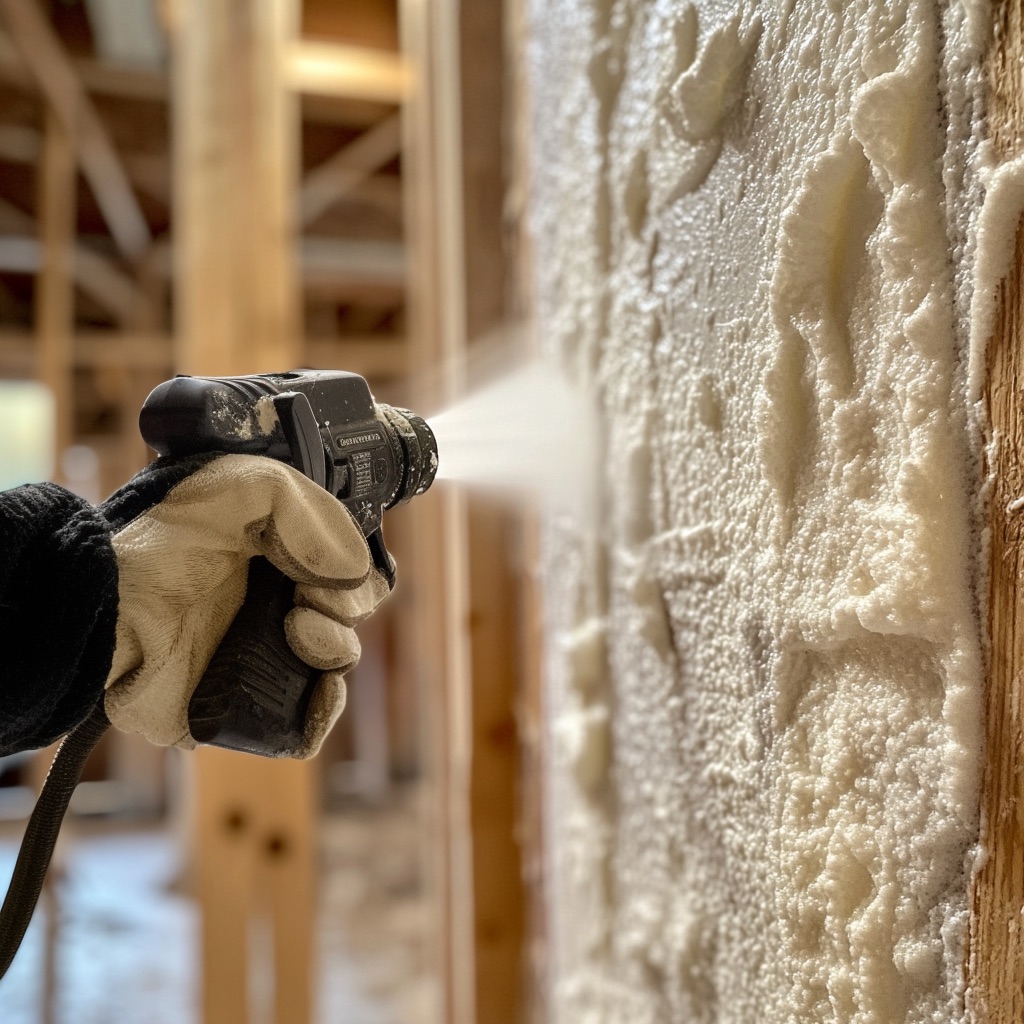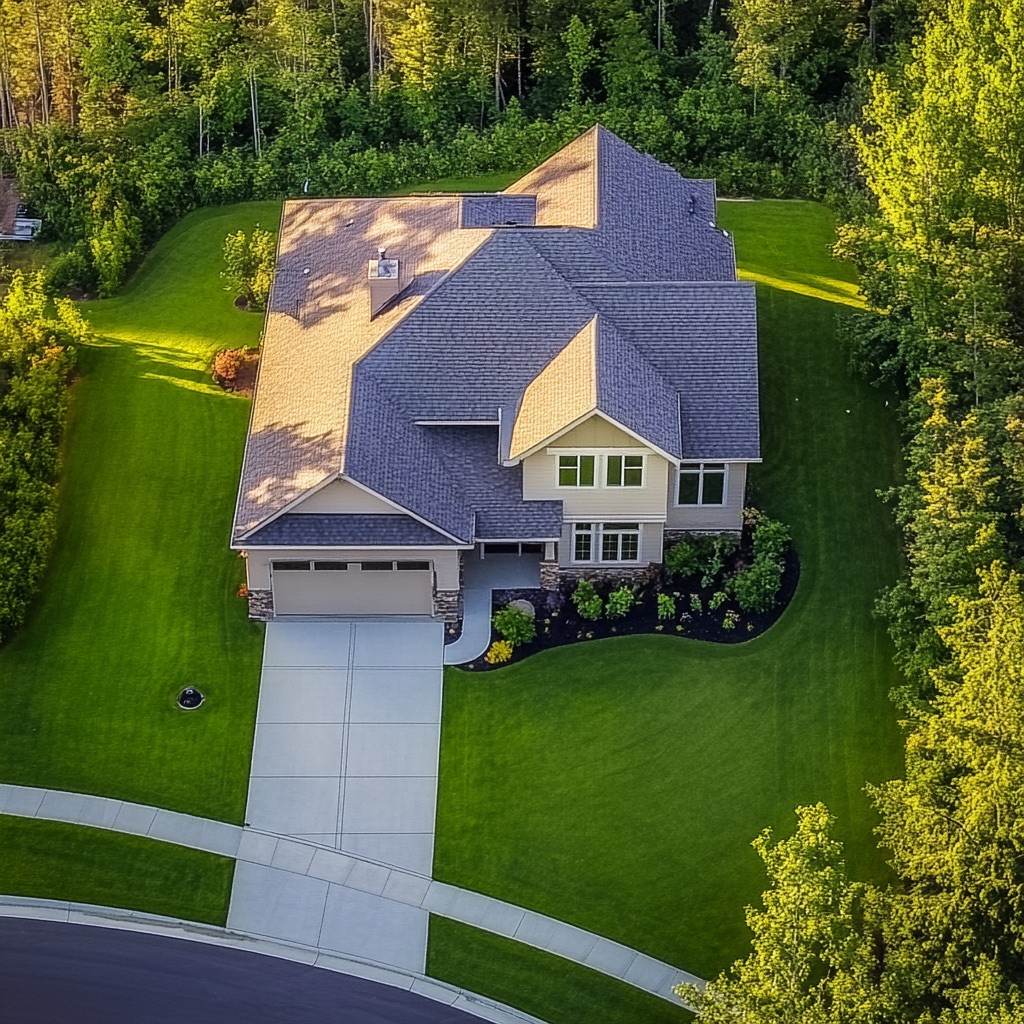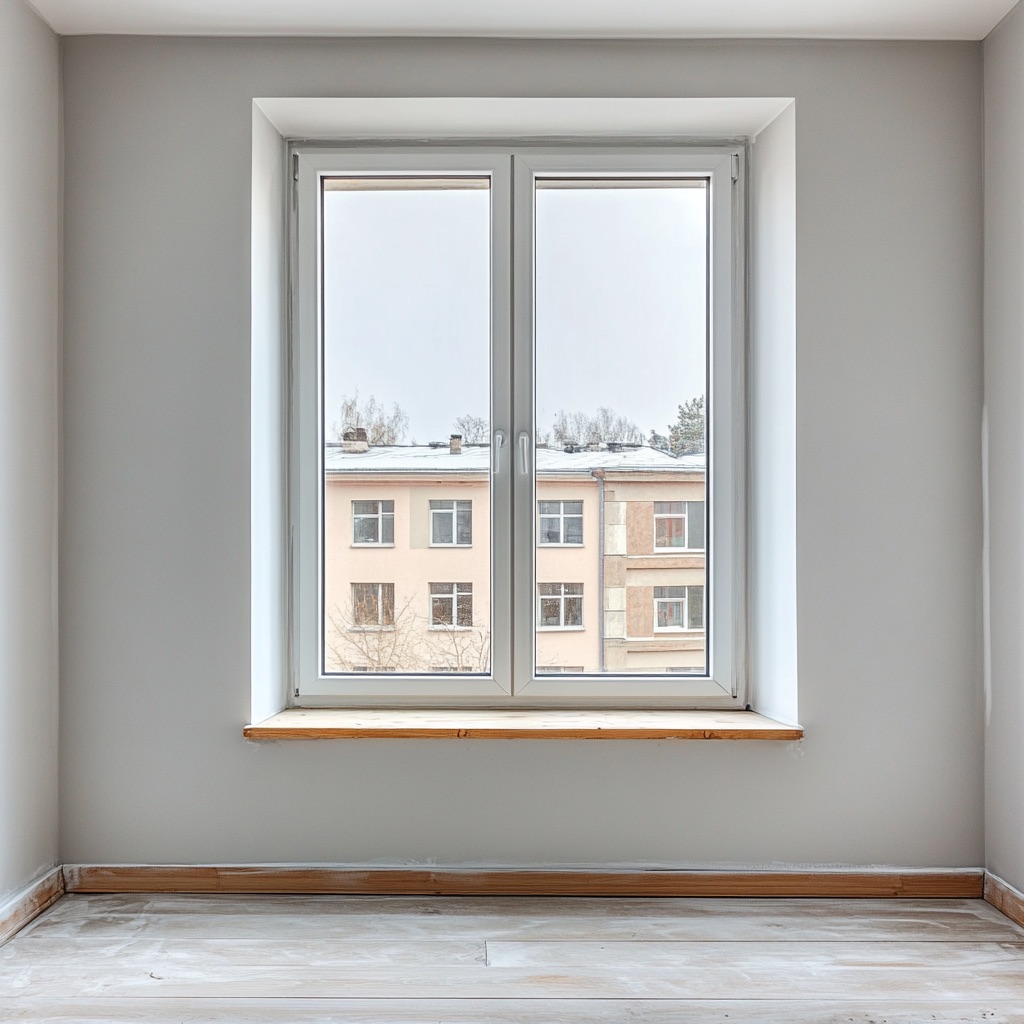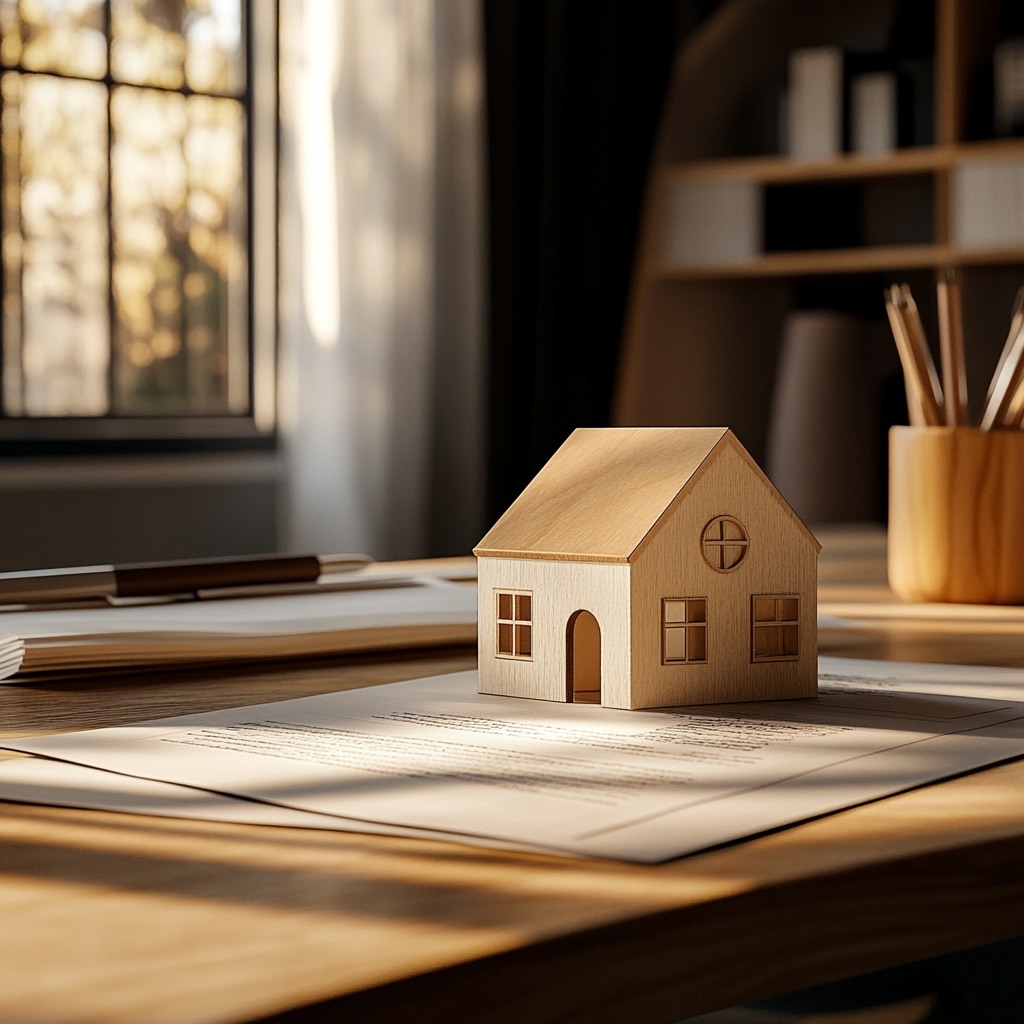Your home’s roof is its first line of defense against the elements. It shields you and your belongings from rain, wind, snow, and harsh sunlight. However, over time, roofs can wear down, leading to leaks, structural damage, and costly repairs.
Identifying early warning signs of roof damage is crucial for preventing more significant issues down the line. In this comprehensive guide, we’ll explore various indicators that your roof may need attention, allowing you to take proactive steps to maintain its integrity and prolong its lifespan.
The Importance of Having Professionals by Your Side
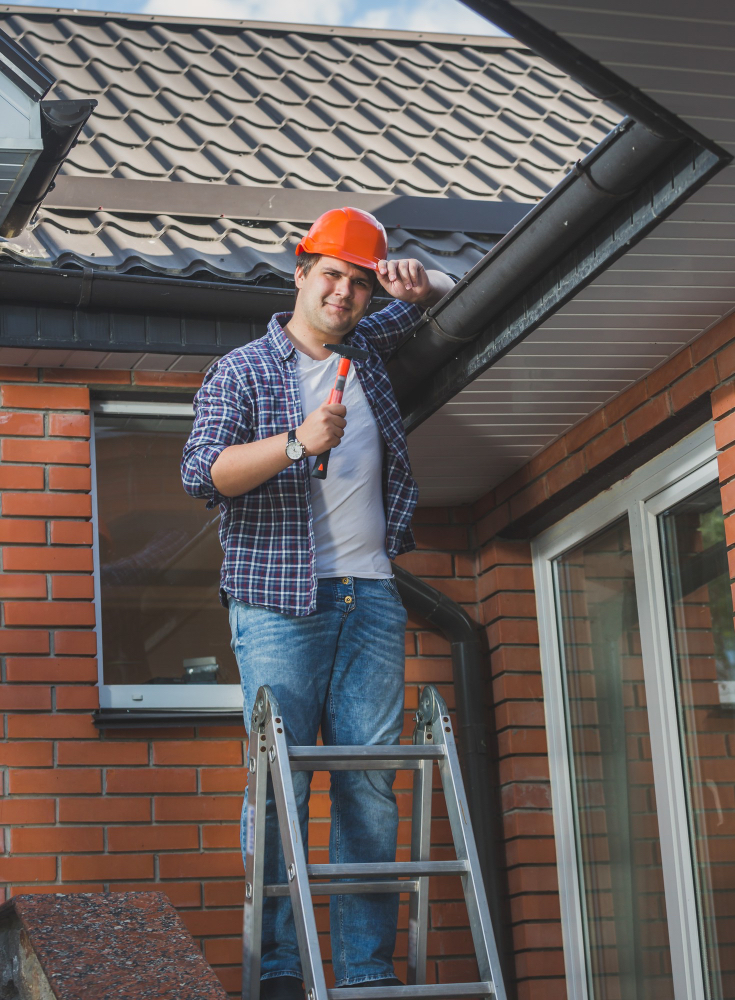
Having roofing professionals by your side is crucial for ensuring the longevity and integrity of your roof. Whether you are looking for roofers in Tomball or any other place, these experts bring a wealth of knowledge and experience to the table, allowing them to accurately assess the condition of your roof and recommend the most effective solutions.
Whether you’re dealing with minor repairs, routine maintenance, or a full roof replacement, roofing professionals have the skills and resources to get the job done safely and efficiently.
They are familiar with the latest industry standards and best practices, ensuring that all work is completed to the highest quality standards. Moreover, roofing professionals have access to specialized equipment and materials that may not be readily available to the average homeowner, allowing them to tackle even the most challenging roofing projects with ease.
By entrusting your roof to experienced professionals, you can have peace of mind knowing that your home is well-protected against the elements for years to come.
Understanding Your Roof
Before delving into specific warning signs, it’s essential to have a basic understanding of your roof’s anatomy. Most roofs consist of several key components, including shingles or roofing material, flashing, underlayment, and the roof deck. Each of these elements plays a vital role in protecting your home from water intrusion and other forms of damage.
The roofing material serves as the outermost layer, protecting the elements. Flashing, typically made of metal, is installed around areas such as chimneys, vents, and skylights to prevent water penetration. Underlayment acts as an additional barrier against moisture, while the roof deck provides structural support.
By familiarizing yourself with these components, you’ll be better equipped to identify potential issues and ensure the long-term durability of your roof. Regular maintenance and inspections can help catch problems early, preventing costly repairs down the line.
Common Causes of Roof Damage
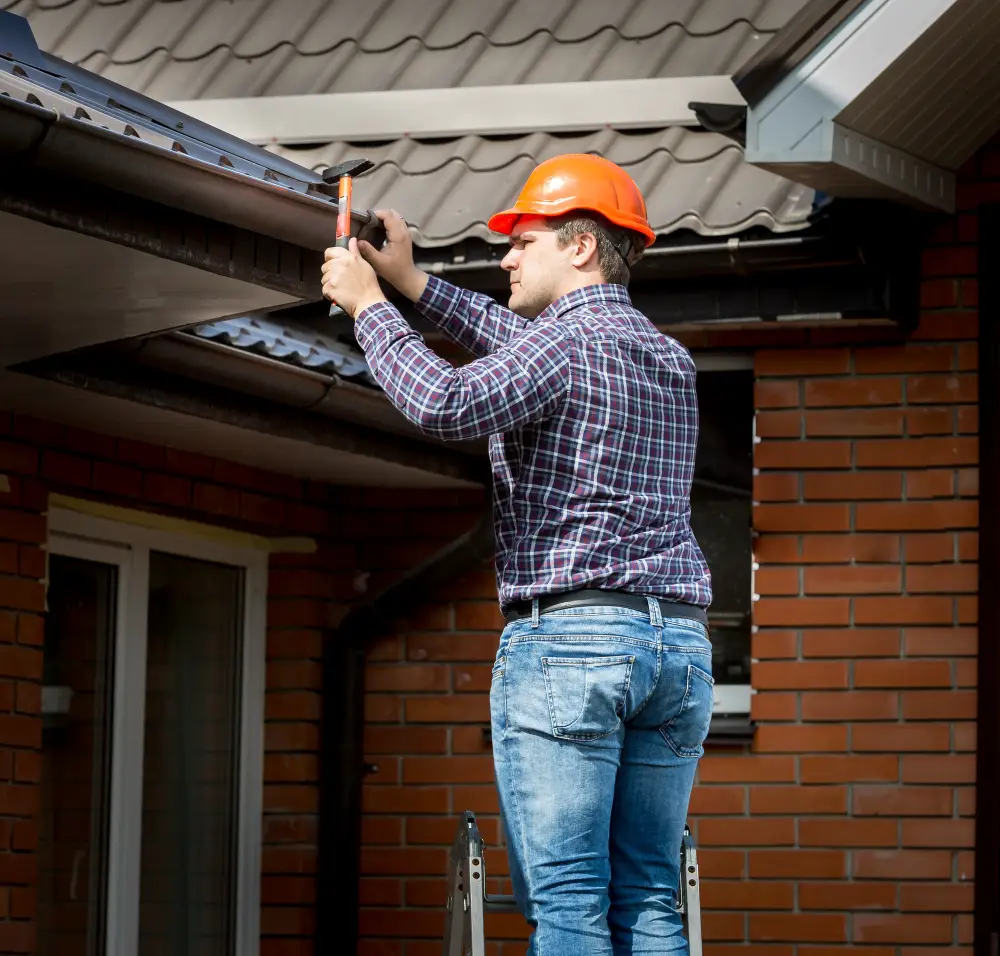
Roof damage can stem from various sources, including weather exposure, age, poor installation, and lack of maintenance. Heavy rain, hailstorms, high winds, and snow accumulation can all take a toll on your roof over time, causing shingles to become loose or damaged, flashing to deteriorate, and underlying structures to weaken.
Additionally, factors such as improper ventilation and inadequate attic insulation can create conditions conducive to moisture buildup, leading to rot and decay. Algae or moss growth, often seen in humid climates, can also contribute to deterioration by trapping moisture and accelerating the degradation of roofing materials.
Understanding these common causes of roof damage is essential for homeowners, as it allows them to take proactive measures to protect their investment and prolong the lifespan of their roofs. Regular inspections, timely repairs, and proper maintenance can help mitigate these risks and ensure the continued integrity of your roof.
Early Warning Signs to Look out For
Missing or Damaged Shingles
Inspect your roof regularly for missing, cracked, or curling shingles.
Look for granule loss, which indicates shingle deterioration.
Pay attention to visible signs of wear or tear, such as exposed nails or gaps between shingles.
Sagging or Drooping Sections
Check for any areas of the roof that appear to be sagging or dipping.
Sagging can indicate structural issues or water damage to the roof deck and underlying support structures.
Water Stains on Ceilings or Walls
Water stains indoors are a clear indication of a leaky roof.
Look for discolored patches on ceilings or walls, especially after heavy rainfall.
Investigate the source of the leak promptly to prevent further damage to your home’s interior.
Peeling Paint or Wallpaper
Moisture from a leaky roof can cause paint to peel or wallpaper to bubble and detach.
Pay attention to any changes in the appearance of your walls, as these could be early signs of water infiltration.
Clogged Gutters or Downspouts
Keep your gutters and downspouts clear of debris to ensure proper drainage.
Clogged gutters can lead to water backup, damaging your roof and siding over time.
Cracks in the Roofing Material
Inspect your roof for any visible cracks or breaks in the roofing material.
Cracks can allow water to seep into the underlying layers, leading to leaks and rot.
Mold or Mildew Growth
Mold and mildew thrive in damp environments, making your attic or roof an ideal breeding ground.
Check for signs of mold or mildew growth on the underside of your roof or in attic spaces.
Increased Energy Bills
A damaged roof can compromise your home’s insulation, leading to higher energy costs.
If you notice a significant increase in your heating or cooling bills, it could be due to a leaky or poorly insulated roof.
Damaged Flashing or Sealant
Flashing around chimneys, vents, and skylights helps prevent water intrusion at vulnerable points on your roof.
Inspect flashing and sealant for signs of damage or deterioration, such as rust, cracks, or gaps.
Age of the Roof
Consider the age of your roof when assessing its condition.
Most asphalt shingle roofs have a lifespan of 20-30 years, while metal, tile, and slate roofs can last much longer with proper maintenance.
Regular roof maintenance and inspections are essential for preserving the integrity of your home’s roof and protecting against costly repairs. By familiarizing yourself with the early warning signs of roof damage, you can address issues promptly and prevent further deterioration.
Whether you’re conducting a visual inspection yourself or hiring a professional roofing contractor, staying proactive is key to ensuring the longevity of your roof and the safety of your home and family. Don’t wait until a minor issue becomes a major problem—take action to spot and address roof damage early on.
Recap
